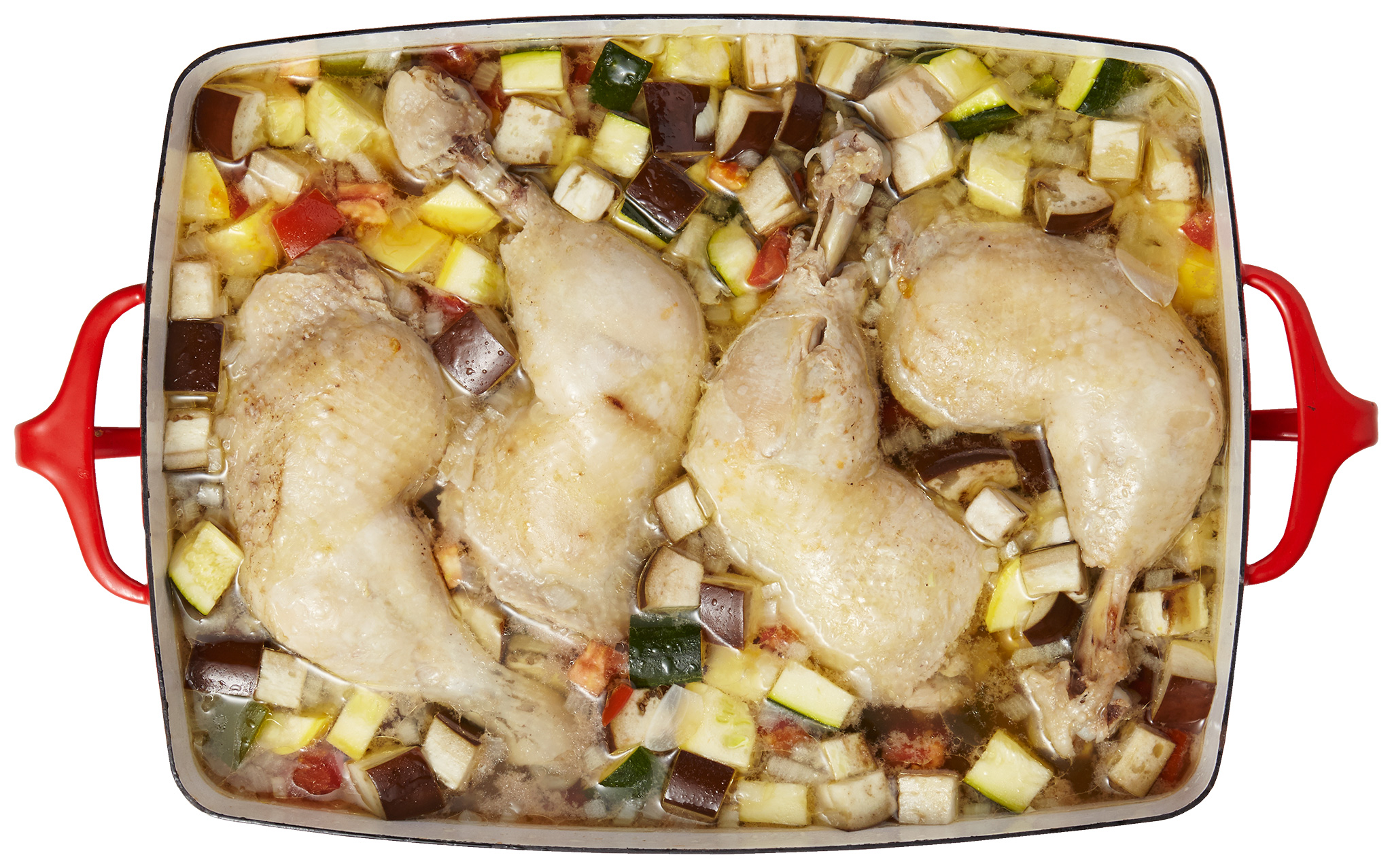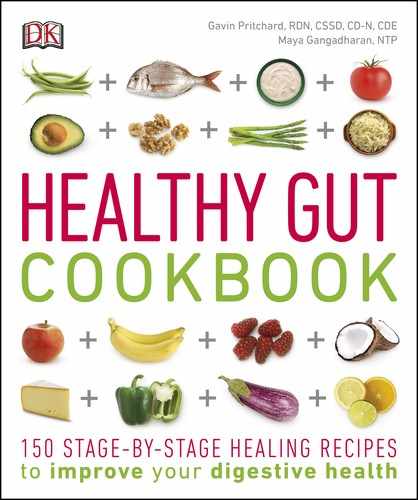 Intro Diet
Intro Diet
Stage 2 continues much in the same way as stage 1, with one big addition: eggs. Begin adding a raw egg yolk to a cup of soup, and increase until you’re having two or three yolks with every cup of soup.
How This Stage Works
- • Some new, some old Continue eating stage 1 foods while you add new stage 2 foods. You can still keep things simple and easy as you add some variety to your diet.
- • Slow progress If you suspect an egg allergy might be to blame for any of your digestive issues, omit eggs for a day, see how you feel, and then try again. Use the same procedure for all new foods as you slowly add them to your diet.
- • Some relief Keep going with the diet, and realize that even though you may have gotten relief from some of your symptoms, you aren’t yet fully healed.
What You Can Expect
- • Die-off Die-off should have slowed down or stopped by now, although you still might experience it in patches. Symptoms of die-off and allergy or intolerance to foods often can look the same, so consult your food journal as you add new foods to determine which is at play.
- • A healthy routine Hopefully you’ve settled into a good groove with the diet by now. Stick to making stocks and soups, and now add stews.
- • Some improvement You should be experiencing less gas, bloating, and discomfort, although much of that depends on where you started from in terms of symptoms.

Chicken Vegetable Ratatouille is a gut-healing version of a traditional French favorite comfort dish.
What You Can Eat
STOCKS, SOUPS, AND STEWS These form the basis of stage 2 and are an easy and satisfying way to stay fueled. They also make your life much simpler because you’re packing many gut-healing nutrients into an easy-to-heat-and-eat package.
- • Stocks and soups Continue with stocks and soups, enjoying your favorites from stage 1.
- • Stews You also can increase stews that have more meat and vegetables and less stock.
- • Boiled meats Continue with meats that have been well boiled in soups, stews, or casseroles.
BOILED VEGETABLES AND FERMENTED JUICES These are the best ways to enjoy your plant-based favorites at this stage. Boiling vegetables makes them easier to digest. It does remove some of the nutrients, so it’s best to consume the water they were boiled is, such as with soup.
- • Boiled vegetables Peeled, nonfibrous vegetables such as carrots, onions, beets, green beans, and broccoli (remove the fibrous stalks) that have been well boiled are easiest to tolerate.
- • Fermented vegetable juice This continues to work well added to soups. Increase the amount, adjusting if the die-off reaction gets too intense.
FATS AND DAIRY If tolerated, these still are great ways to get protein and nutrients in your diet.Many people who can’t tolerate pasteurized and homogenized dairy can tolerate raw dairy, which allows them to enjoy the nutritional value without the digestive symptoms.
- • Animal fats and coconut oil These healthy fats continue to be good additions.
- • Ghee Ghee can be added at this stage. Begin with 1 teaspoon per day and gradually increase, watching for any intolerance.
- • Cod liver oil This is another allowable addition at this stage. It’s not for cooking but should be taken by the spoonful or in capsules. Check the GAPS website for recommendations.
- • Dairy products If you tolerate them well, continue with dairy products. You can increase your servings at this stage.
SEASONING AND SPICES
For seasoning, use sea salt and peppercorns, removing the peppercorns before eating the finished dish. You also can use fresh herbs now. Rosemary, basil, tarragon, and sage are classics for soups. Tie them with kitchen twine to make them easy to remove from soups.

Ghee is an essential fat you will use from this stage onward.
